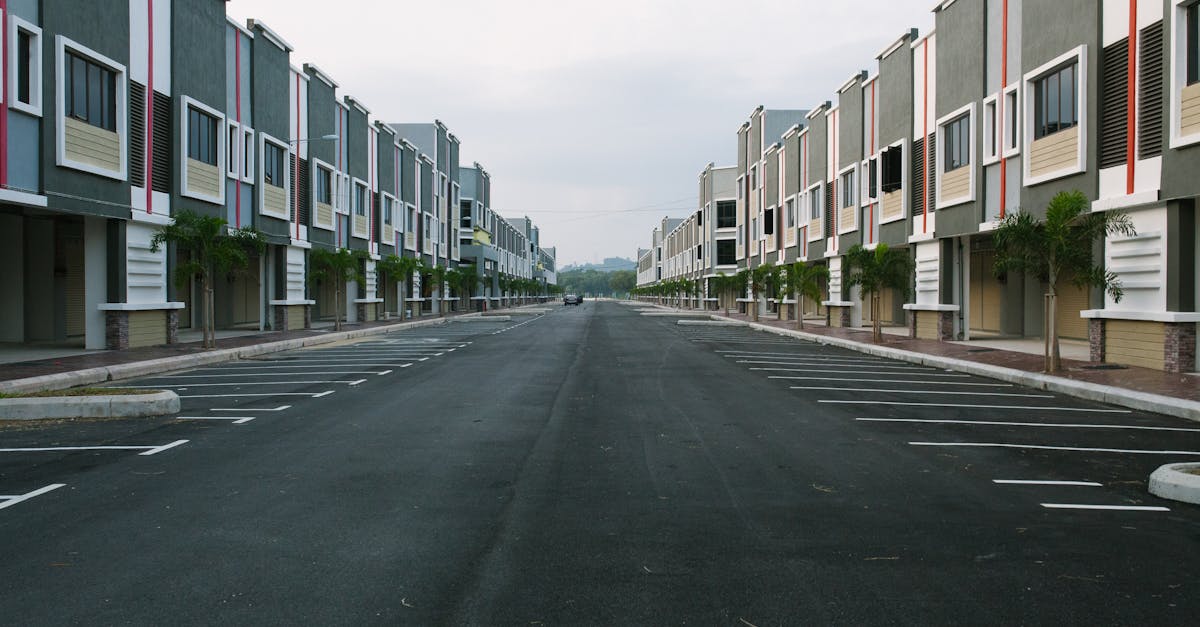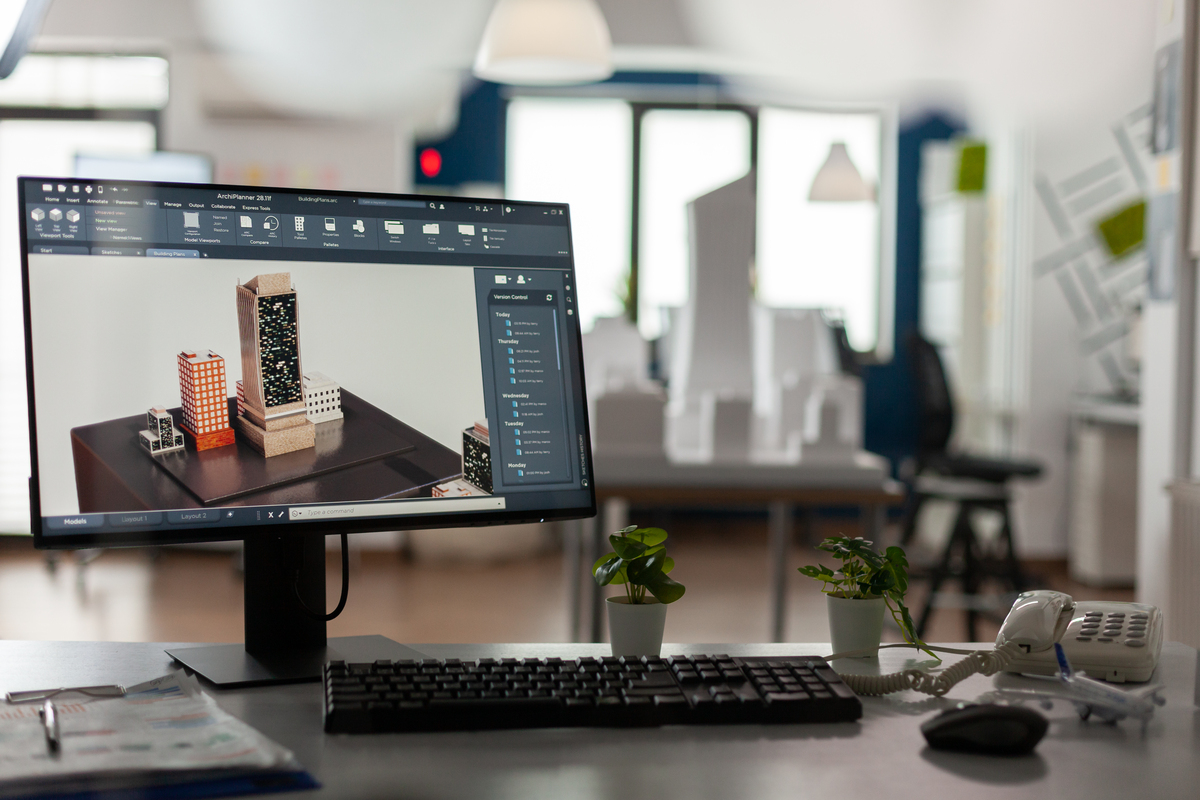In the world of architecture, the facade is more than just the face of a building—it’s a canvas for creativity and innovation. As we explore the art of designing inspiring modern facades, we’re diving into a realm where aesthetics meet functionality. The facade not only defines a structure’s visual identity but also plays a crucial role in energy efficiency and environmental harmony.
Our journey through modern facade design will uncover the latest trends and materials that are reshaping skylines worldwide. From sleek glass exteriors to sustainable green walls, these designs reflect our evolving relationship with urban spaces. By understanding the principles behind these captivating designs, we can create buildings that are not only beautiful but also sustainable.
Let’s delve into the essentials of crafting facades that captivate and inspire, ensuring that each structure we design stands as a testament to innovation and forward-thinking architecture.

Understanding Modern Facades
Modern facades blend aesthetics and utility, serving as the building’s first impression while fulfilling functional needs. These structures often incorporate advanced technologies to improve energy efficiency. Recognizing the role facades play in balancing the aesthetic appeal and environmental impact is crucial.
Innovative materials like photovoltaic panels, double-skin facades, and smart glass not only enhance a building’s appearance but also contribute to reducing energy consumption. By embracing these materials, we achieve increased thermal insulation and natural light optimization.
Design trends such as geometric patterns and minimalistic layouts are gaining popularity. These elements enable architects to create striking visuals without sacrificing functionality. When we design facades with these modern elements, buildings not only stand out but also align with sustainability principles.
Key Elements of Modern Facade Design
Modern facade design combines visual allure and practicality to create structures that captivate and function efficiently. Here, we explore essential elements underpinning this approach.
Aesthetic Appeal
Modern facades impress with sleek lines, innovative materials, and dynamic forms. Geometric patterns often stand out, providing visual intrigue and complementing minimalist aesthetics. Materials like glass and steel enhance symmetry and transparency, offering an elegant and futuristic look. Incorporating these elements can significantly elevate a building’s presence, becoming an architectural focal point.
Functionality and Sustainability
Facades also prioritize performance, ensuring structures are both eco-friendly and efficient. Smart materials, including photovoltaic panels, not only bolster energy production but also contribute to thermal regulation. Double-skin facades further enhance energy efficiency, maintaining internal temperatures and reducing reliance on artificial climate control. Green technologies, like living walls, improve air quality while integrating nature with urban design. Through these advanced solutions, facades promote sustainability without compromising functionality.

Popular Materials Used
Modern facades rely on a variety of materials to create striking and sustainable designs. Selecting the right material impacts aesthetics and functionality, aligning with both environmental and architectural goals.
Glass and Steel
Glass and steel remain popular in modern facades due to their sleek appearance and structural strength. We see glass offering transparency and light, essential for creating bright, open spaces. Steel provides durability, supporting expansive glass panels while allowing for creative architectural expressions. Together, they work to create visually appealing and structurally sound facades that maximize natural light and enhance energy efficiency.
Composite Panels
Composite panels provide versatility and durability in facade design. These panels, often made from materials like aluminum and polyethylene, offer excellent weather resistance and insulation properties. We leverage composite panels for their ability to mimic various textures and finishes, from wood to stone, allowing for diverse aesthetic options without sacrificing performance. Their lightweight nature also simplifies installation, reducing construction time and costs while maintaining the desired modern look.

Design Techniques for Inspiration
Modern facade design combines creativity with functionality to create visually stunning buildings. We explore two key techniques that inspire contemporary architects.
Use of Natural Light
Optimizing natural light enhances aesthetics and reduces energy consumption. Large glass panels are the most common method, providing transparency and inviting light into interiors. Skylights and light wells are also effective, offering vertical light channels and creating breathtaking visual effects. Diffused lighting, achieved through translucent materials, softens direct sunlight while maintaining privacy. By integrating these elements, we can design spaces that feel open and connected with their environment.
Incorporating Greenery
Incorporating greenery into facades improves aesthetics and promotes sustainability. Living walls and vertical gardens add natural beauty, support biodiversity, and contribute to cleaner air. Green balconies and roof gardens provide similar benefits with added usable space for occupants. Biophilic design principles guide architects, embedding nature within urban settings. When we merge architecture with nature, facades become living entities that enhance urban life.

Challenges in Facade Design
Designing modern facades presents unique challenges that intertwine aesthetics and functionality. As architects strive to create visual allure, maintaining structural integrity becomes paramount. Facades must withstand environmental stressors like wind, rain, and temperature fluctuations while ensuring longevity and safety. Choosing the right materials, such as glass, steel, and composites, involves balancing beauty with durability.
Integrating sustainability into modern facades poses another challenge. Energy efficiency requires innovative solutions like photovoltaic panels and smart glass, which can complicate design due to additional technical specifications. Balancing these elements with traditional aesthetics requires creativity to ensure facades remain both functional and visually appealing.
Adhering to regulations and local codes adds an extra layer of complexity. Facade designs must comply with safety regulations and environmental standards, influencing decisions related to materials, aesthetics, and functionality. Architects often navigate a web of guidelines, aiming to achieve creative designs without compromising regulatory compliance.
Modern technology offers tools that assist in overcoming these challenges, yet the need to balance innovative ideas with practical constraints remains a cornerstone of facade design.
Conclusion
Designing modern facades fuses creativity with functionality, shaping visual identity and boosting energy efficiency. We’ve explored how innovative materials like smart glass and photovoltaic panels advance sustainability. Geometric patterns and minimalist layouts offer architects tools to create striking visuals aligned with sustainable goals.
Key elements like sleek lines and dynamic forms enhance facade appeal. Our focus on integrating natural light with large glass installations and greenery like vertical gardens shows how these designs not only improve aesthetics but also support biodiversity. Balancing aesthetic allure with structural integrity remains vital, and technology helps us manage these complexities.
Modern facades ask for innovation and responsible material choices. By exploring design trends and material advancements, we empower ourselves to craft buildings that harmonize with urban environments while prioritizing environmental responsibility.








